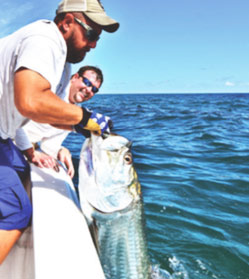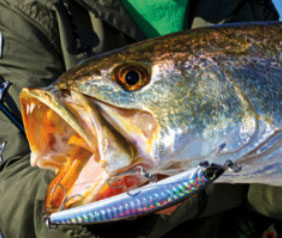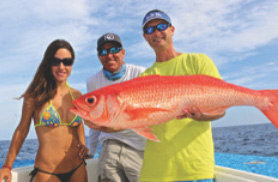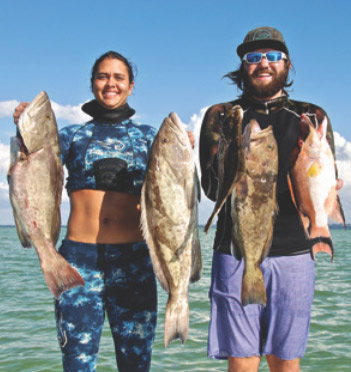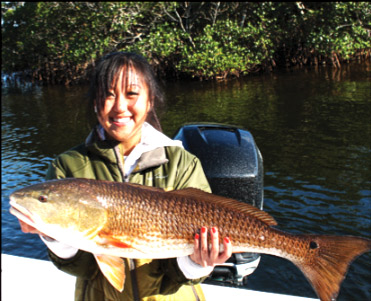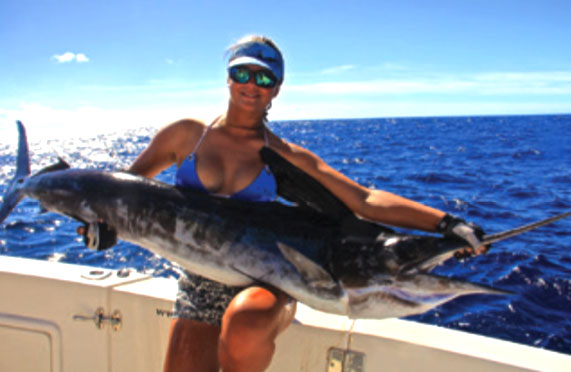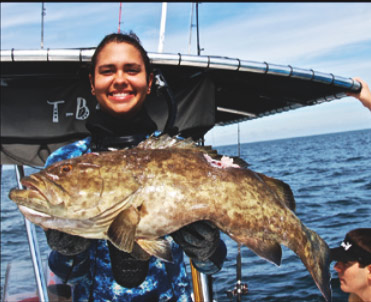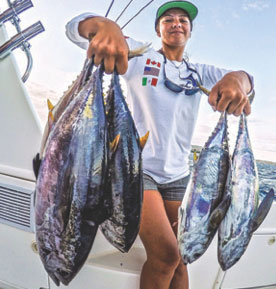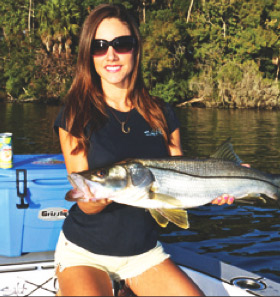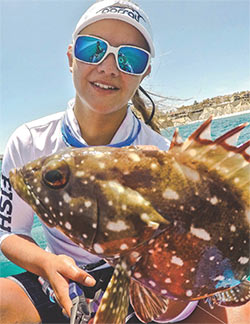I made a conscious effort last year to not fish the “popular spots” for tarpon; at least I avoided those spots as much as possible. In fact, I only cut bait one time at Bean Point all season and that lasted about 1 hour before my clients asked if we could go somewhere else. It wasn’t that we hadn’t been catching fish, alongside everyone else, for the previous several years. It just got crowded and stressful; even when we were catching fish.
Maybe I’m just getting old or maybe my definition of success has changed throughout the years, but at this point in my life, I’d rather hook a couple of Tarpon, than 20 Tarpon if I can do it all alone. There’s just something special about not following the pack and going against the flow.
So, last year I decided I was going to do things differently. I was going to watch everyone head one direction in the morning, but I was going to head the other. I was going to watch everyone else throwing the net, while I skipped that and just rolled out with a dozen crabs. I was going to work hard at finding my own fish, while every one else flocked to the massive schools of tarpon. Even if it was just schools of 5-10 fish, as opposed to the thousands that school up at Anna Maria on the big tides, I was determined to avoid the crowds. I wasn’t sure how it would work out, but you know what? We had a blast all Summer long and we caught tons of fish.
We didn’t have a lot of 20 fish days last Summer, but, we also didn’t have any of those days where we were passing off rods to other boats, work- ing our lines under boats to try not to get broke off, or having other people’s fish get tangled up in our lines. It was peaceful, exciting and it was successful. It was the way Tarpon fishing was meant to be. Just you and the fish.
I’d love to say that I figured this all out on my own, but I didn’t. Long time Tarpon guides like Jim Lemke, Glen Taylor and Tommy Ziesmann have been preaching this style of contrarian Tarpon fishing to me for years and I was absorbing it but, until last year, I really hadn’t put it into practice.
You wanna know the secret that they had spent years trying to drill into me? Well, here you go. There are fish everywhere in the Tampa Bay area from May through the end of July; not just where the other boats are. There are fish up in the bay, around the bridges, in the passes, on the beaches, in the ICW, in canals, in marinas… all Summer long. Of course they move around with the tide and the bite changes with the tide as well, but you can find fish on your own every single day if you really look and put your time in. Also, you don’t need a school of 1,000 fish to hook a bunch of fish. All you need is 10 schools of 10fish to wear your- self out. You can hook just as many fish out of 10 pods of 10 fish as you can out of 3 herds of 1,000 fish, if you fish them right and you can most likely do it by yourself, because everyone else will flock to the big herds of fish.
There’s nothing wrong with the party type of atmosphere of fishing around a bunch of folks. In fact, at times it can be exciting. When you hook up, everyone gets excited and starts cheering anglers on and it really is like a big party. There are tons of fish at those well known spots and when the bite is on, it’s really on, however, I think for the next several years, my clients and I will be going against the ow and chasing after those fish that are typically left alone in search of that one bite that will make our day. There won’t be the cheer of the crowd when we hook up, but oh how we’ll enjoy hearing the drag sing and sound of the splash of the “Silver King” as it hits the water.
Captain Clay Eavenson
813.300.2147
reservations@captainclay.com
www.captainclay.com

